Best Seasons for Foundation Repairs
Foundation repairs are most effectively performed during specific seasons when ground conditions are optimal. Typically, late spring and early fall provide the best conditions for foundation work due to moderate temperatures and stable soil moisture levels. During these times, soil expansion and contraction are minimized, reducing the risk of further shifting or damage.
Spring offers mild weather and manageable soil moisture, making it suitable for foundation repairs. It allows for easier excavation and stabilization.
Fall provides cooler temperatures and stable ground conditions, which help ensure the longevity of repairs before winter.
Summer and winter are less ideal due to extreme heat or cold, which can complicate repair processes and affect material performance.
Consistent soil moisture levels are crucial for foundation stability. Repair timing should consider recent weather patterns to avoid overly dry or saturated ground.
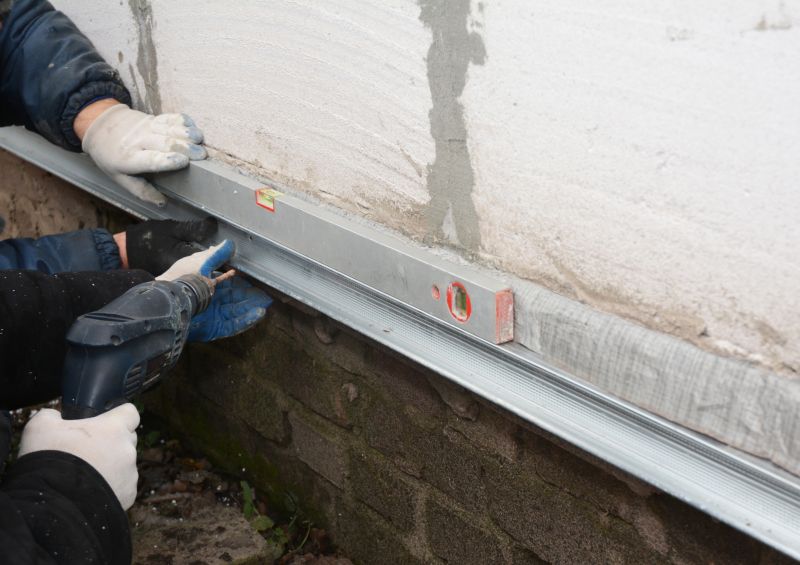
Image depicting excavation and stabilization techniques.
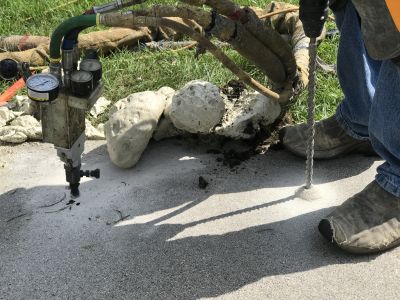
Equipment used to improve ground conditions before repairs.

Visual comparison of foundation repair outcomes.
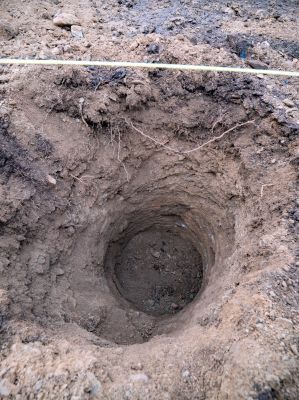
Soil moisture and temperature variations across seasons.
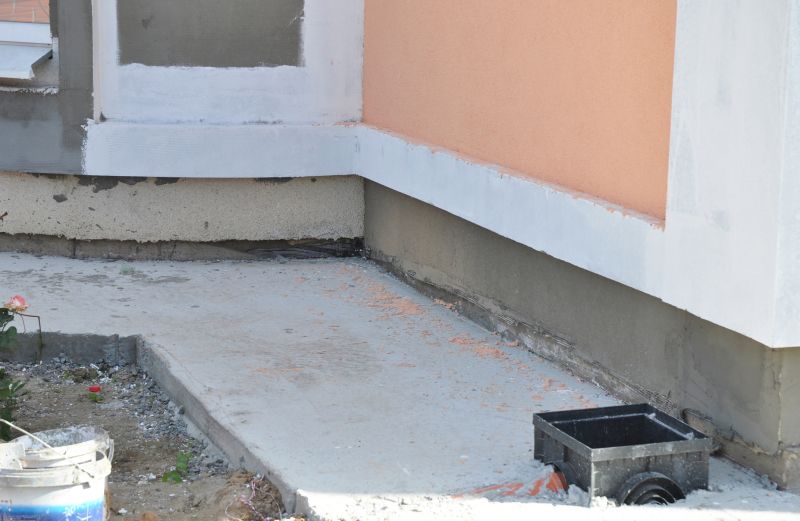
Ways to make Foundation Repairs work in tight or awkward layouts.

Popular materials for Foundation Repairs and why they hold up over time.

Simple add-ons that improve Foundation Repairs without blowing the budget.
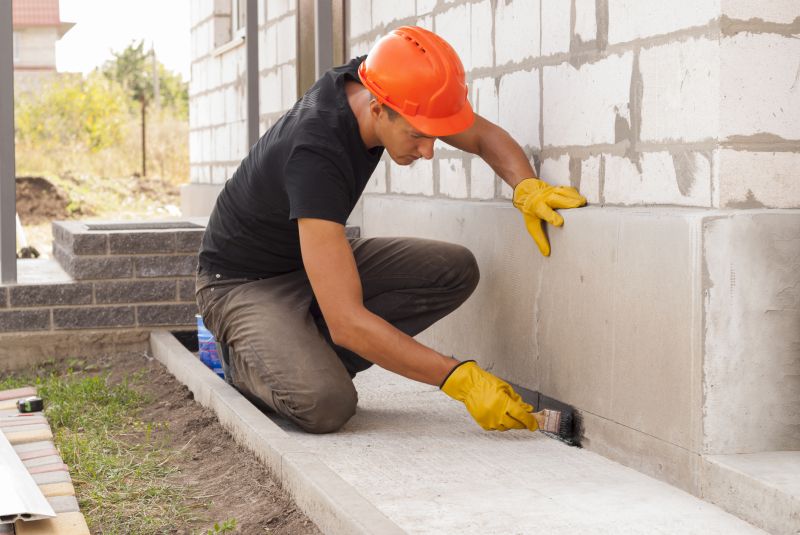
High-end options that actually feel worth it for Foundation Repairs.
| Season | Ideal Conditions |
|---|---|
| Spring | Moderate temperatures, manageable soil moisture |
| Summer | Potentially too dry or hot |
| Fall | Cooler weather, stable soil moisture |
| Winter | Cold temperatures, frozen ground |
Foundation repairs are essential for maintaining structural integrity and preventing further damage. Addressing issues promptly can help avoid costly repairs later. Factors such as soil type, weather patterns, and the extent of damage influence the best timing for repairs. Proper scheduling during optimal seasons ensures better soil conditions, easier access, and more durable results.

Technicians performing stabilization work.

Tools used to assess ground conditions before repairs.
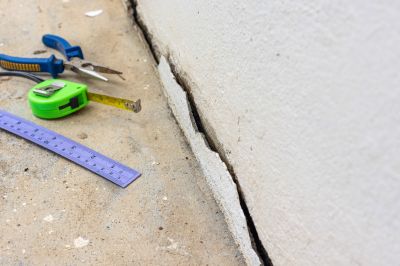
Concrete and reinforcement materials in use.
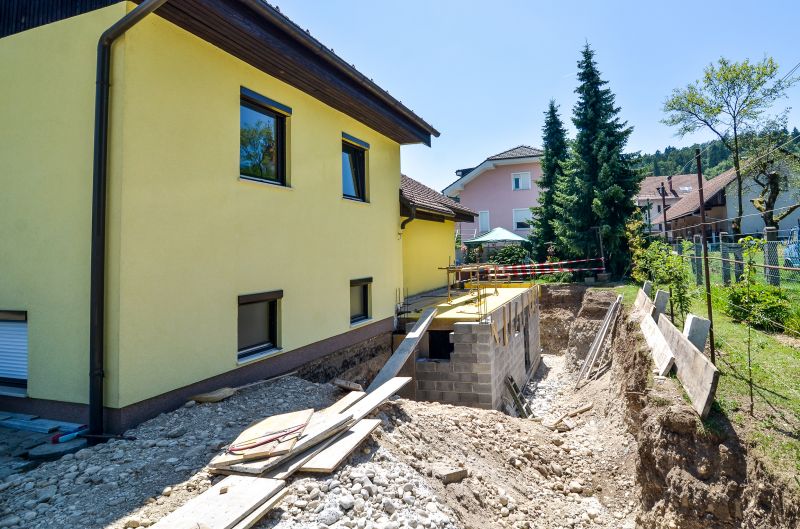
Finished repair project with visible improvements.

Finishes and colors that play nicely with Foundation Repairs.
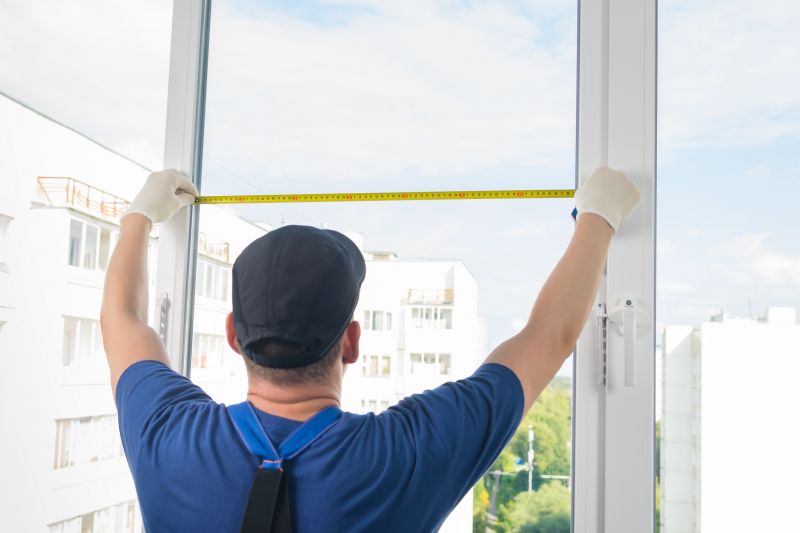
Little measurements that prevent headaches on Foundation Repairs day.
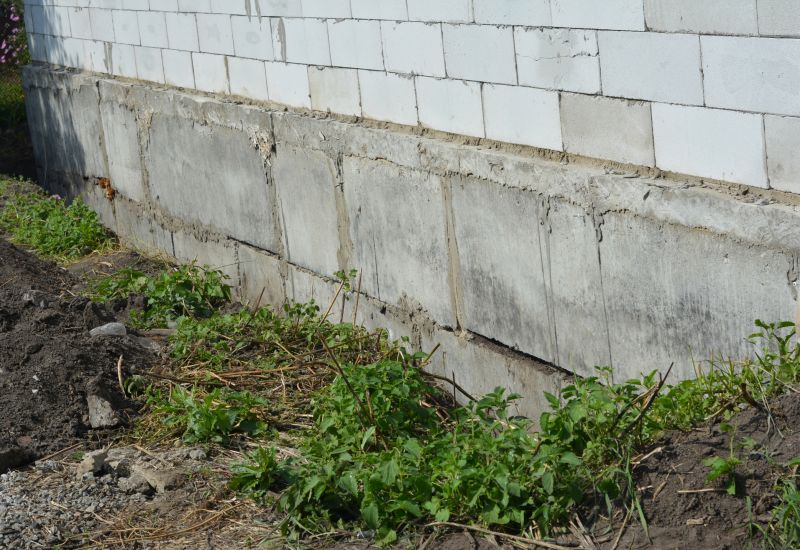
A 60-second routine that keeps Foundation Repairs looking new.
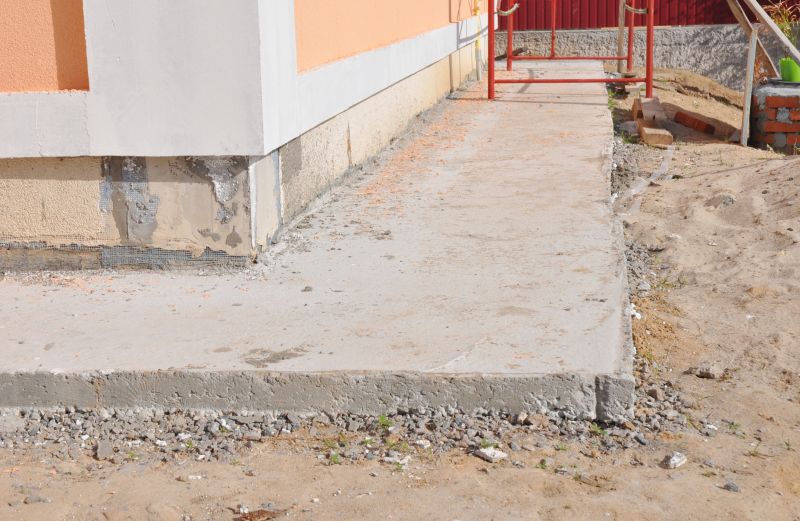
A frequent mistake in Foundation Repairs and how to dodge it.
Timely foundation repairs can prevent further structural issues and preserve property value. Consulting with foundation specialists can help determine the most suitable time based on local climate and soil conditions. Proper planning and execution are key to ensuring the longevity and effectiveness of foundation restoration efforts.



